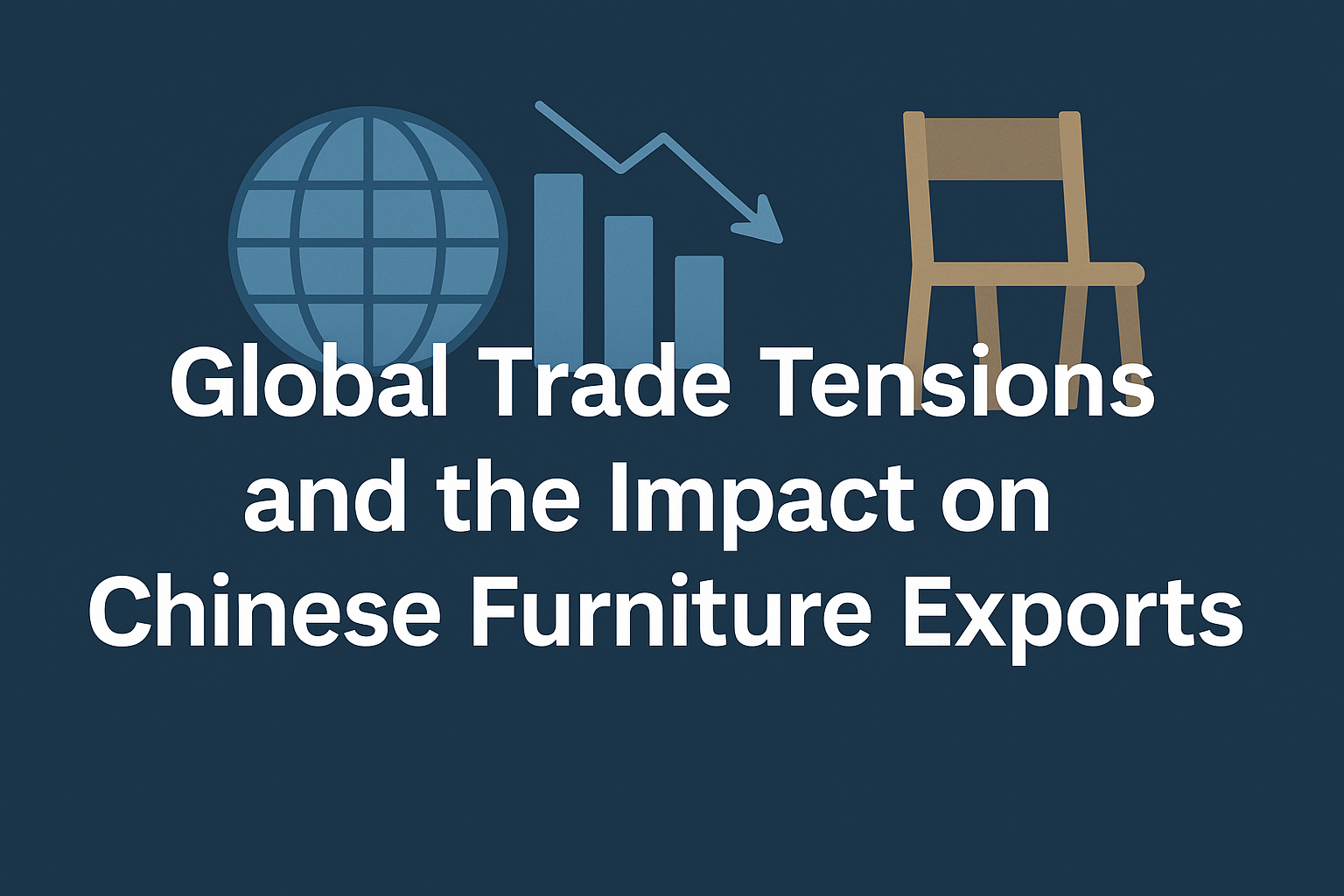China and European Union Trade Frictions
- On July 24, the China-EU Leaders’ Summit was shortened from two days to one, with no significant breakthroughs expected apart from a joint statement on climate cooperation.
- China ceased government procurement of EU medical equipment exceeding 45 million yuan and imposed counter-tariffs on French brandy.
- The EU maintained anti-subsidy tariffs on Chinese electric vehicles, with rates up to 37.6% since July 2024.
US-China Trade Disputes: Tariff Focus
Tariff Developments
- As of July 2025, the US imposes an average 30% tariff on Chinese goods, with certain sectors facing up to 145%. China has reciprocated with tariffs averaging 10% to 125% on US imports.
- The current tariff suspension agreement, set to expire on August 12, has yet to be extended despite multiple negotiation rounds in Stockholm.
Negotiation Stalemates
- The US Trade Representative declined to ease export restrictions on high-end semiconductors and chip manufacturing equipment.
- Both sides agreed to maintain the status quo on rare earth magnet exports, but further disputes remain unresolved.
Economic Impacts
- Analysts predict a potential $488 billion reduction in Chinese exports to the US by 2027 if no deal is reached.
- Chinese exporters are increasingly redirecting shipments to Southeast Asia and Europe to mitigate tariff pressures.
- European Central Bank reports indicate Chinese goods’ influx could lower eurozone inflation by approximately 0.15 percentage points.
Business Sentiment
- Only 48% of US companies plan to invest in China in 2025, down from 80% in 2024.
- Trade uncertainty has significantly affected corporate decision-making, with many firms delaying procurement and supply chain expansions.
Government Responses
- China has announced support measures for tariff-impacted industries, including financing subsidies, export rebates, and free trade zone initiatives, though specifics remain undisclosed.
China-Canada Trade Disputes
- China imposed 100% tariffs on Canadian canola oil and other key agricultural imports.
- Canada responded with increased tariffs on Chinese steel products, citing unfair competition concerns.
Impact on China’s Furniture Exports Amid Trade Tensions (July 2025)
Direct Effects on Furniture Exports to the US
- Chinese furniture exports to the US are subject to 25%-35% tariffs, with certain metal frame outdoor furniture items taxed up to 40%.
- Orders have shifted to Vietnam, Malaysia, and Mexico, resulting in an 18% year-over-year decline in China’s furniture exports to the US for H1 2025.
- Large US retailers such as Home Depot and Wayfair have adjusted sourcing strategies, favoring Southeast Asian suppliers for general items while retaining China for complex, customized products.
Response of Chinese Furniture Exporters
- Intense price competition has forced Chinese exporters to compress profit margins, reducing industry average profitability from 8.5% in 2023 to around 5% in 2025.
- Many companies are pivoting towards the European market, which saw a 12% export increase in H1 2025.
- Domestic e-commerce channels like Tmall Global and JD.com are also becoming strategic focuses.
- Some large furniture manufacturers are establishing plants in Vietnam and Cambodia to leverage origin-of-production rules, while maintaining high-end production in China.
Industry Outlook and Risks
| Factor | Impact |
| Tariff Negotiation Outcome | Failure to extend the suspension agreement may lead to an additional 10%-15% decline in exports. |
| US Import Substitution Strategy | While low-complexity items shift to Southeast Asia, China retains dominance in high-end, custom furniture segments. |
| Operational Efficiency | Brands with strong design and customization capabilities can better absorb tariff impacts. |
| Market Diversification | EU markets and domestic high-end retail present key growth areas, though competition in mid-to-low segments intensifies. |
Conclusion
The ongoing US-China trade tensions, characterized by high tariffs and uncertain negotiations, are significantly affecting China’s furniture export sector. Enterprises are actively seeking to diversify markets, enhance product differentiation, and reconfigure supply chains to mitigate the impact. The coming weeks will be critical as the August 12 tariff suspension deadline approaches, potentially setting the tone for the global furniture trade landscape in the years ahead.


